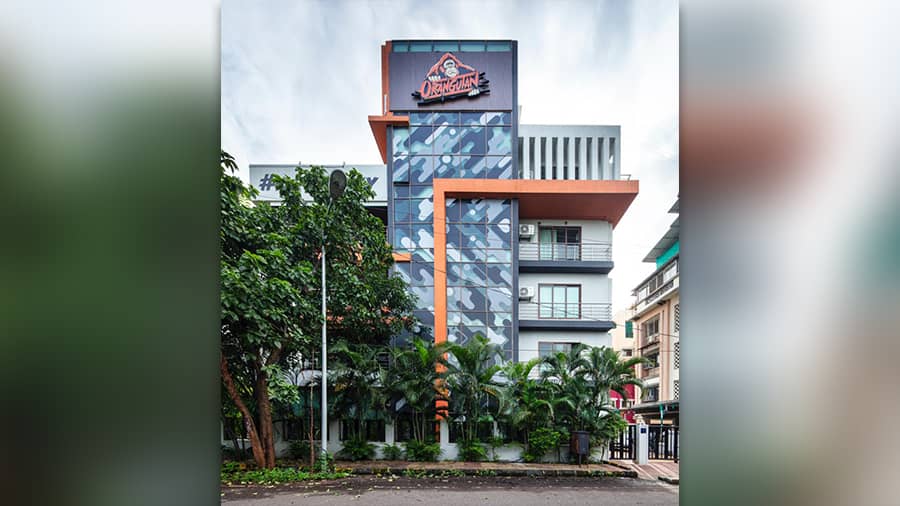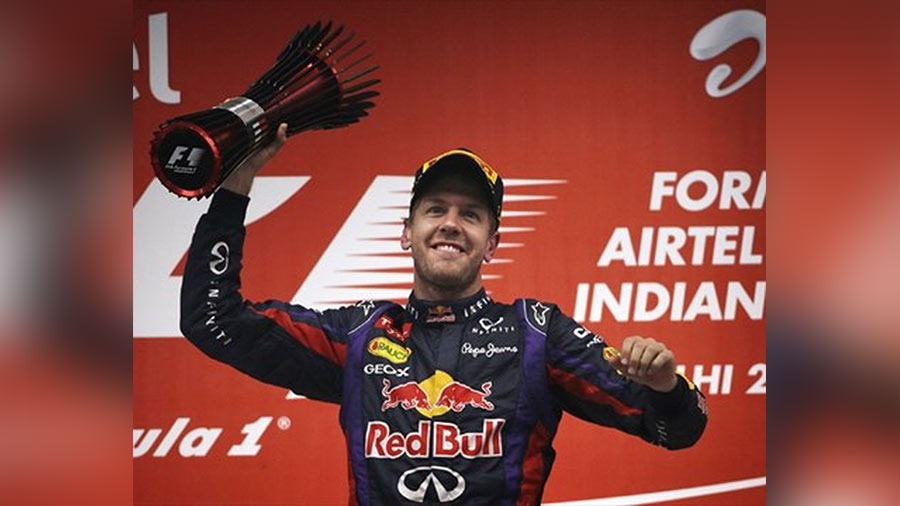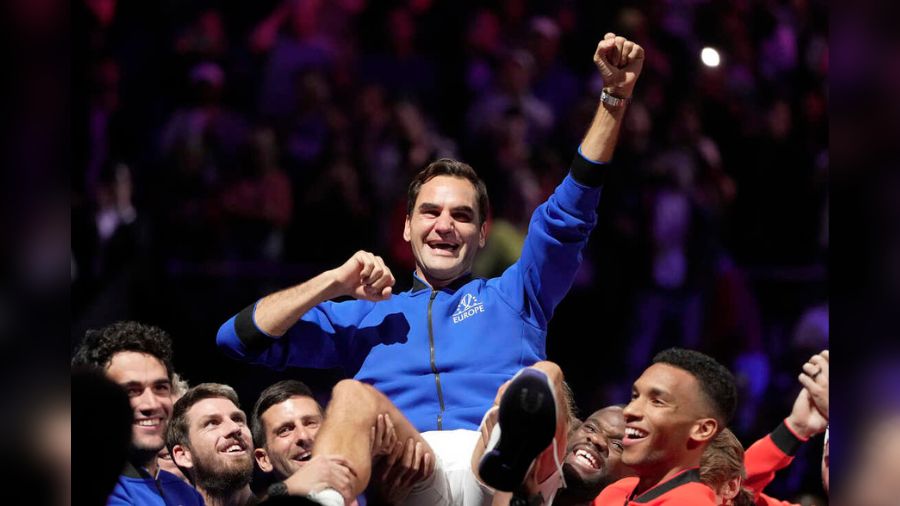One in every 10 Indians regularly consumes sports — to put it in a broader perspective, there are more than 136 million sports fans in India, according to Ormax Media. Cricket leads the way with a following of close to 125 million, followed by a tussle for second spot among football, kabaddi and professional wrestling.
Jai Shah, co-founder of Orangutan, an esports organisation and franchise headquartered in Mumbai, feels that the next few years will see esports leapfrog conventional outdoor sports to become the most watched and followed sport in India after cricket. He refers to his own organisation as “the Mumbai Indians of esports”, for like the five-time IPL champions, Orangutan’s model is based on recruiting the best players from India and abroad to compete in the world’s most prestigious esports competitions.
My Kolkata caught up with Jai to find out more about the rapid growth of esports in India, the story of Orangutan, how it intends to expand and more. Edited excerpts from the conversation follow.
My Kolkata: How did the journey of Orangutan begin?
Jai Shah: Our journey began in early 2021, when we started brainstorming about how we could enter the esports industry. Esports had come to India in 2013-14, but it took off in 2019, with PUBG leading the way. We carefully studied how esports was growing throughout 2020 and noticed that people were more interested in not just watching esports but also playing it themselves. A community had sprouted among esports players and games were not just restricted to cafes. In February and March 2021, we networked extensively with different stakeholders across esports in India and were in a position to kick-start Orangutan. We entered the market at a good time because Battlegrounds Mobile India (BGMI) had come in (as an Indian version of PUBG, which had been banned in June 2020) and interest was surging. There was also Free Fire, another game in the Battle Royale format that had become very popular.
In one-and-a-half years, our players have grown exponentially in terms of their reach
What were the biggest challenges in terms of recruiting and training esports athletes in India?
There were existing teams from 2019 for us to pick and choose from, but it became quite challenging to create a winning combination. We took our time with research and talent scouting before recruiting players. We handpicked players from different organisations, did a lot of consultation and appointed a coach to look after their gaming development. In one-and-a-half years, our players have grown exponentially in terms of their reach (between 10x and 12x), just as we’ve grown as an organisation and brand because of their achievements. Besides, our overall organisation has grown from two people, Yash [Bhanushali] and myself, into a 75-member team. We have a bootcamp in Navi Mumbai, which is our residential and playing facility, alongside our corporate office in Andheri East, where we focus on monetising and marketing the talent we have.
Why the name Orangutan? How has the name been integrated into your brand?
Yash and I are both wildlife lovers. We went with this name because Orangutans are the smartest apes (after humans) and also share 97 per cent of their DNA with us. As for integration, we’ve tried several subtle ways to connect the name with our brand. For instance, all our players are called Orangutans, their facility is called the “Forest” and our fans are collectively referred to as the “Ape Army”. In terms of our merchandise and brand vibe, the feel and the optics resonate strongly with our name.
Our facility is like our stadium, it’s our place of worship

The Orangutan facility in Navi Mumbai where most of the organisation’s players are based out of Orangutan
What are the different amenities and services Orangutan provides to its athletes?
Our bootcamp facility in Navi Mumbai is a 15,000sq ft property with three floors and a terrace. I don’t think any other esports organisation in the country has a centre that’s as well-equipped. We have game rooms for individual games such as BGMI and Valorant. There’s a separate edit room for editors as well as a war room where players can revisit and review their performances. There are pool tables, terraces and hangout areas where players can not only relax and socialise but also create content for social media. There are comfortable bunk beds and dining areas as well as a gym and a sit-down pool. The idea is that our facility is like our stadium, it’s our place of worship. We haven’t made any compromises when it comes to providing our players with world-class amenities. Moreover, it’s also a space that can be monetised, through the sale of naming rights, among other things, given how much the entire space will be consumed digitally in the time to come.
How can an esports player aspire to be a part of Orangutan?
The players we hire are generally tier-1 players. So, in order to play for us, you’ll need to have some competitive experience of having played at the tier-1 or tier-2 levels. We don’t have academy rosters yet, but will soon have them in place, which will allow players to graduate from the academy to our main teams. If someone wants to apply to play for us, they can reach out to us via email. We also have try-outs every once in a while when we’re actively looking to recruit. These try-outs are open to anyone who’s interested.
We play whichever tournaments people watch the most

Action from the BGMI Masters Series last year, a tournament where Orangutan finished third Star Sports
What are the major esports, tournaments and competitions Orangutan has participated in till date?
Most esports competitions are invite-only entries, which means we don’t have to pay to participate. We get team invites because of the players we have. Over the last 18 months or so, we’ve participated in practically every big esports tournament. We play whichever tournaments people watch the most. We came third in the BGMI Masters Series organised by Star Sports last year, which was held in person in Delhi over a month. We came second in the BGMI Showdown, organised by the game developer, and missed out on the international leg in Riyadh by just a few points. In the Skyesports Champions Series in Chennai, a Valorant competition, we came third. We won the Free Fire Championship in India and placed eighth in Asia, with what we believe is the finest Free Fire team in India. Our Free Fire players often play six to nine hours of tournament games in a single day. Recently, one of our teams was in London playing in the Pokemon UNITE tournament, where we placed ninth. Our female teams were a part of the latest APAC Elite (for female Valorant players) competition and will go to play the masters leg in Berlin.
The esports market in India is currently undergoing self-correction
How big is the esports market in India right now and how are you expecting it to grow over the next few years?
Esports in India is heavily dependent on a couple of games right now (BGMI and Free Fire) and it’s very much mobile-centric. A lot of money needs to be invested by the publisher or the game developer to succeed in India, which makes it difficult for new games to grow. The BGMI suspension (since July 2022) has also had a big impact on the market recently, which has gone from growing too fast to falling to entering its present phase of self-correction. Over the last few years, esports’ CAGR has been close to 45 to 50 per cent and predictions of esports being a billion-dollar industry have long been realised. I have no doubt that in five years, esports will be the most watched sport in India after cricket. A large section of the viewers will be kids and young people, who are already among our most loyal audience. For them, esports franchises like us are the Manchester Uniteds and Manchester Cities of this world.
West Bengal is fourth in terms of esports audience interest in India
Could you give us an idea of how esports players are spread around India? Which cities or regions produce the most players and which places are emerging with more talent recently?
A lot of our players at Orangutan come from the north, from places like Uttarakhand, Delhi and Haryana. There are a few players from Bengaluru and Mumbai, too. In terms of our audience, most of the attention is from metro cities in Maharashtra, Gujarat and Uttar Pradesh. West Bengal is fourth in terms of audience interest in India. Of late, south India and the Northeast, especially Guwahati, are also showing impressive growth.
Orangutan wants to be the biggest gaming organisation and content creator in the country
What has been the proudest moment for Orangutan so far and where do you see your organisation in five years' time?
In terms of landmark victories, the proudest moment is yet to come. Hopefully, it’ll arrive very soon. But as an organisation, we’re proud of the facility we’ve built. A lot of sweat, tears and money has gone into it. We’re also proud of the diverse team we have and the love and passion all our players share for esports.
Going ahead, we want to be a global organisation. We want to have our rosters in Malaysia, Singapore, the US and Europe. We want to create an Indian market for games like League of Legends. We also want to start an apparel and streetwear line and have an efficient and ever-expanding talent management unit that allows us to become the biggest gaming organisation and content creator in the country.


